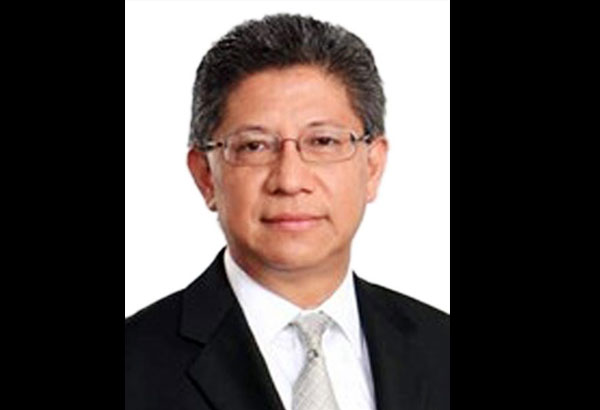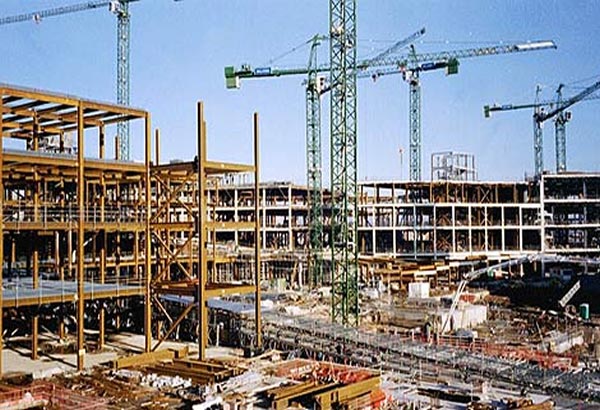June 28, 2015
9:35 pm [ The Manila Times Online ]
by JOEL M. SY
EGCO
SENIOR
REPORTER
Private
claimants to a 77-hectare property in Quezon City, on which the posh Ayala
Technohub sits, have accused the University of the Philippines (UP) of seizing
the land “illegally” by invoking an “unconstitutional” Supreme Court (SC)
division ruling issued more than a decade ago.
The prime
property, now the subject of a legal tug-of-war, is worth a whopping P77
billion.
Heirs of
claimants Jorge H. Chin and Renato R. Mallari filed at the SC last month a
petition for substantial justice in a bid to retrieve their land from UP, which
leased the property to the Ayala Techno Park.
Respondents
in the cases docketed as GR Nos. 133547 and 133843, copies of which were
obtained by The Manila Times, assailed as “unconstitutional” the November 11,
2003 decision of the High Court’s First Division that rescinded their titles
over the land.
Chin and
Mallari said they were the victims of a grave injustice and extrinsic fraud
because they have owned the property since the 1970s.
Through their
lawyers and representatives, the claimants said that while they have already
lost their land by virtue of the 2003 decision that was penned by retired Chief
Justice Reynato Puno, they are appealing to the SC under Ma. Lourdes Sereno to
reopen the case under the doctrine of “substantial justice.”
They cited
jurisprudence well settled in past SC decisions that emphasized that procedural
justice and legal technicalities should not get in the way of the courts
affording “substantial justice” to litigants.
The
petitioners said Puno’s ponencia, concurred in by former Chief Justice Hilario
Davide and Associate Justice Alicia Martinez, was unconstitutional and thus
must be overturned by the tribunal, whether as a division or sitting en banc.
The claimants
said the questioned ruling was issued in “gross disregard” of the
Constitution’s admonition that the “SC is not a trier of facts” and that it is
“bound by the factual findings of lower courts such as the Court of Appeals
(CA).”
Chin and
Mallari said their ownership of the 77 hectares had already been affirmed by
the unanimous decision issued on February 10, 2000 by the SC’s First Division
that was made final and executory, and the ruling by the Court of Appeals that
they “have a better right” over the property against UP.
Thus, they
added, they got the shock of their lives when the Puno ponencia overturned the
February 10, 2000 decision and set aside the division’s own December 7, 2001
resolution that ordered the CA to determine UP’s and Chin and Mallari’s
overlapping claims on the 77 hectares.
The CA
favored Chin and Mallari over UP based on a verification report from the
Department of Environment and Natural Resources submitted to Branch 99 of the
Quezon City Regional Trial Court (RTC), which said the two were the true and
absolute owners based on pertinent documents, the claimants said.
In their
petition, Chin and Mallari asked the SC to take note of the scathing dissenting
opinion of Justice Consuelo Ynares Santiago on the Puno ponencia.
Santiago
noted that the factual findings of the CA are well supported by records so that
its conclusions and recommendations must be upheld, as they are binding on the
SC, particularly its finding that the evidence preponderates in favor of Chin
and Mallari. Associate Justice Adolf Azcuna concurred with Santiago’s dissent.
The former
justice said Chin and Mallari have a better right over the 77 hectares as shown
by the reports and findings of various government officials and agencies. The
two showed that the titles to the 77-hectare property — TCT Nos. 52928 and 52929
— are under their names.
To further
prove ownership, they said the source of UP’s title, Original Certificate of
Title No. 735, was registered much later and the university’s claim of
ownership is not supported by clear, competent and substantial evidence.
Chin and
Mallari added that the Puno ponencia did not even contain any justification as
to why it was disregarding the factual findings of the CA.
“As the
dissent of Justice Ynares-Santiago will show, there was indeed no basis for
upholding UP’s claim, more particularly because, as the CA found, its supposed
land title was issued on May 3, 1914 which was a Sunday,” they said.
Records also
showed that the titles of the petitioners were issued in 1938 while those of
UP’s were issued in 1949.
In the latest
petition, the claimants said that the property’s worth “carries a huge
financial impact on businesses in the country, and could affect the welfare of
communities across the nation.”
They argued
that the resolution of the motion for intervention that UP filed in the
previous cases “should have been elevated to the Court En Banc, since it has
become clear that the doctrine or principle laid down earlier by the First
Division in its unanimous Decision and Resolution faced reversal or
modification by the new majority of the Division.”
UP, on the
other hand, argued that the disputes had been settled and that the university
stands by its rightful claim over the property.
In an
interview with The Manila Times, lawyer Ricardo Lapesura Jr., who handled the
case, stressed that the petition for substantial justice may not be given
merit.
“Per our
records, UP received an Entry of Judgment in the subject case last March 21,
2005. So the case is already closed and terminated,” he explained.
SC spokesman
Theodore Te, who was UP’s vice president for legal affairs when the case was
being heard by the High Court, refused to comment on the latest petition filed
by the heirs of the claimants.
“I don’t
think it’s proper for me to speak on that case because I no longer work as UP
legal counsel. I do know that that claim has long been dismissed and settled by
the final decision of the SC and also by the terms of the UP charter,” Te said
in a separate interview.
It was
learned that the High Court, on September 8, 2004, upheld UP’s ownership of the
property in a separate petition filed by another private respondent, Domingo
Canero. This ruling further affected the claims of Chin and Mallari.
The SC
decision, also penned by Puno, told “courts and unscrupulous lawyers to stop
entertaining spurious cases seeking further to assail respondent UP’s title.”
Reached for
comment, the former Chief Justice told The Manila Times that he stands by their
decision in the past.
“The decision
speaks for itself,” he said in a text message.
______________________________________________________________







